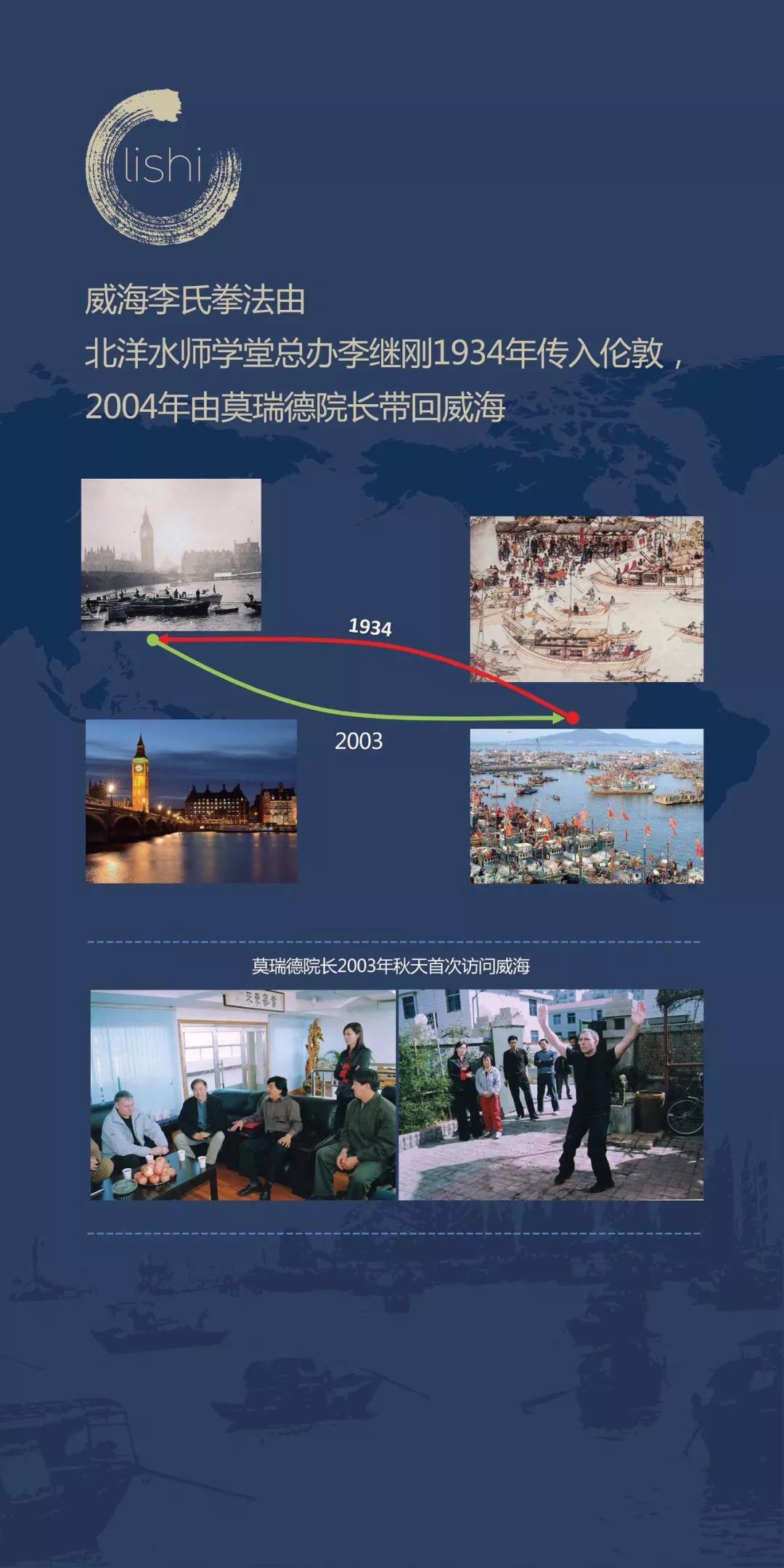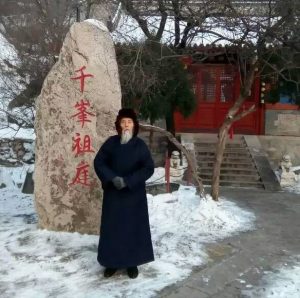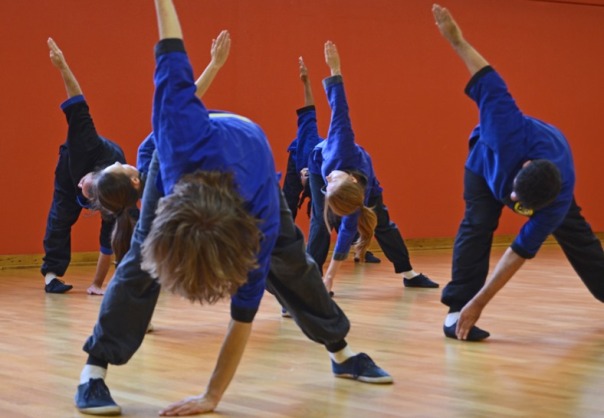Weihai Evening News Article about Lishi (1 of 8)
Weihai Evening News Article About Lishi (1 of 8)
There is a Chinese system of traditional Wu Shu that has been growing in Europe and America for close to a century. Li Family Traditional Wu Shu known as Lishi.
China is an ancient and magical country. A long history and vast culture leave us with a rich cultural heritage.
China is known throughout the world for things like Beijing Opera and Ceramics but what we are best recognised for is martial arts!
Chinese martial arts have an International reputation and more and more people in the world Fall in love with Chinese martial arts and want to practice Chinese martial arts.
In fact, as early as a century ago, there was a Chinese martial art becoming popular in the UK.
It has been practised across the nation and funded by the British government. It is the Lishi method that originated in Weihai!
Three generations of teachers in the UK have helped develop and spread Lishi widely.
On August 16th, Mr. Murray, the third generation Grand Master of of Lishi Method, brought some members of the British delegation to Weihai in advance to launch the preliminary activities for the Sino-British Martial Arts Exchange Forum held on September 8.
A few days ago, Mr. Murray received an exclusive interview with this reporter, telling the legendary story of Li’s Wu Shu method in the United Kingdom and even in Europe and the United States.


Murray is an Englishman. At the age of 18, he saw a report on the Chinese Lee Family Wu Shu in the newspaper, and he became interested in this traditional Chinese martial arts. According to the instructions in the report, Murray found the founder Chee Soo of the Li’s Wu Shu method. In a short period of study, Murray became deeply attracted by the soft charm of this particular system of training.
“Before practicing Li’s Wu Shu, I practiced boxing and fighting. The Western Kung Fu is too hard and lacks soft power. The Lee’s Wu Shu method is exactly what I wanted to pursue. It was what I was yearning for. I have always been fascinated by the Lishi method”.
Murray also greatly admired his teacher, Chee Soo. Since then, he has been concentrating on the practice of the Lishi method, and later became the third generation inheritor of Li’s Wu Shu method.
Murray’s master, Chee Soo, once told him that Lishi was brought to the UK by Li Jigang from Weihai and taught to the local British. Li Jigang’s greatest wish was to pass on this traditional Chinese martial art. Therefore, Chee Soo devoted his life to the teaching and dissemination of Li’s Wu Shu method.
“My Master taught more than 100 students every day. These students came from different countries. They have not given up practicing after returning to China, but they continue to practice Li’s Wu Shu. It is their insistence that Li’s Wu Shu can be passed down. More than 20 countries and regions in Europe and America.” Murray said.
Lee’s Wu Shu method is supported by the British government
Why do foreigners who are immersed in Western culture be convinced by the Chinese traditional martial arts such as Lishi?
Murray said with a smile, in the promotion and teaching of a century, Li’s Wu Shu method has gradually been welcomed by the people and the British government.

“The pace of life in modern society is very fast. Most people are under great pressure and lack natural communication. Li’s Wu Shu method uses a gentle way to free people who practice it from impetuousness and stress. Get physical and mental exercise and relaxation.”
Murray said that Li’s Wu Shu method is all-encompassing, and there are both Tai Chi, Health Arts and Self-Defence, which can really bring physical and mental changes to the practitioners. Therefore, in every city in the UK, people who practice Lishi can be seen everywhere.

Mr Murray's Book 'Move As Water' will be published soon...
Not only that, Li’s Wu Shu method has also received the support of the British government and has become a national fitness program for the government to purchase services. According to Murray, the teaching points of Li’s Wu Shu method are mainly distributed in different universities and communities, and teaching is carried out for different groups of people such as the elderly, students and the public. People only need to register at the teaching point to start learning.
In order to encourage people to practice the Lee’s Wu Shu method, the British government also reduced the tuition fees of applicants through urban funds and other means. As part of these funded projects, each practitioner completed a monitoring report before and after the exercise to evaluate the improvement effect of the Lishi method on the human mind and body.
Murray said that in the case of Leeds in the United Kingdom, three universities in Leeds have offered classes. According to their research, 69% of people feel mental stress before practicing Li’s Wu Shu. After practicing Lee’s Wu Shu, 100% of participants reflect that they feel more relaxed, comfortable, strong and flexible in their bodies.
It can be said that the popularity of the Lishi method is very high in the UK, and more and more people have joined the ranks of practicing and promoting Li’s Wu Shu method. It is understood that the University of California also set up a professional course of Li’s Wu Shu method for teachers and students to study.
Murray told reporters that this year, they have set up a Daoist Centre in the UK to disseminate Chinese culture, martial arts and Chinese medicine knowledge to promote cultural exchanges and learning between China and Britain, so that the Lishi method spreads farther.
Coordinator: Lv Xiaobin Editor: Han Wei
Weihai Evening News reporter Li Lin
Published: 3rd September 2018
This is the first of eight articles published in the Wehai Evening Newspaper in Weihai, China. The original article was published in Chinese and has been translated using Google Translate and minor editing so the text reads well in English. We hope to add each of the follow up articles as they are published.


























